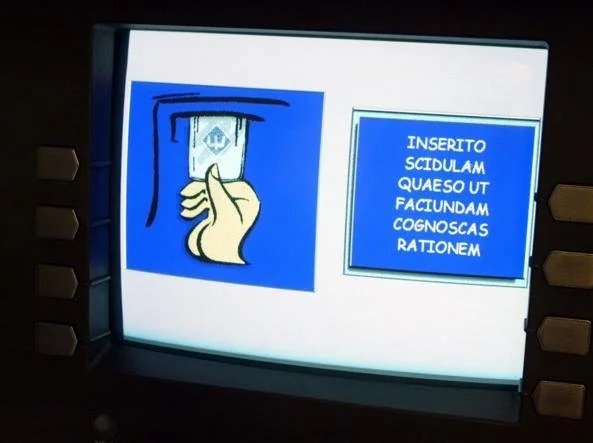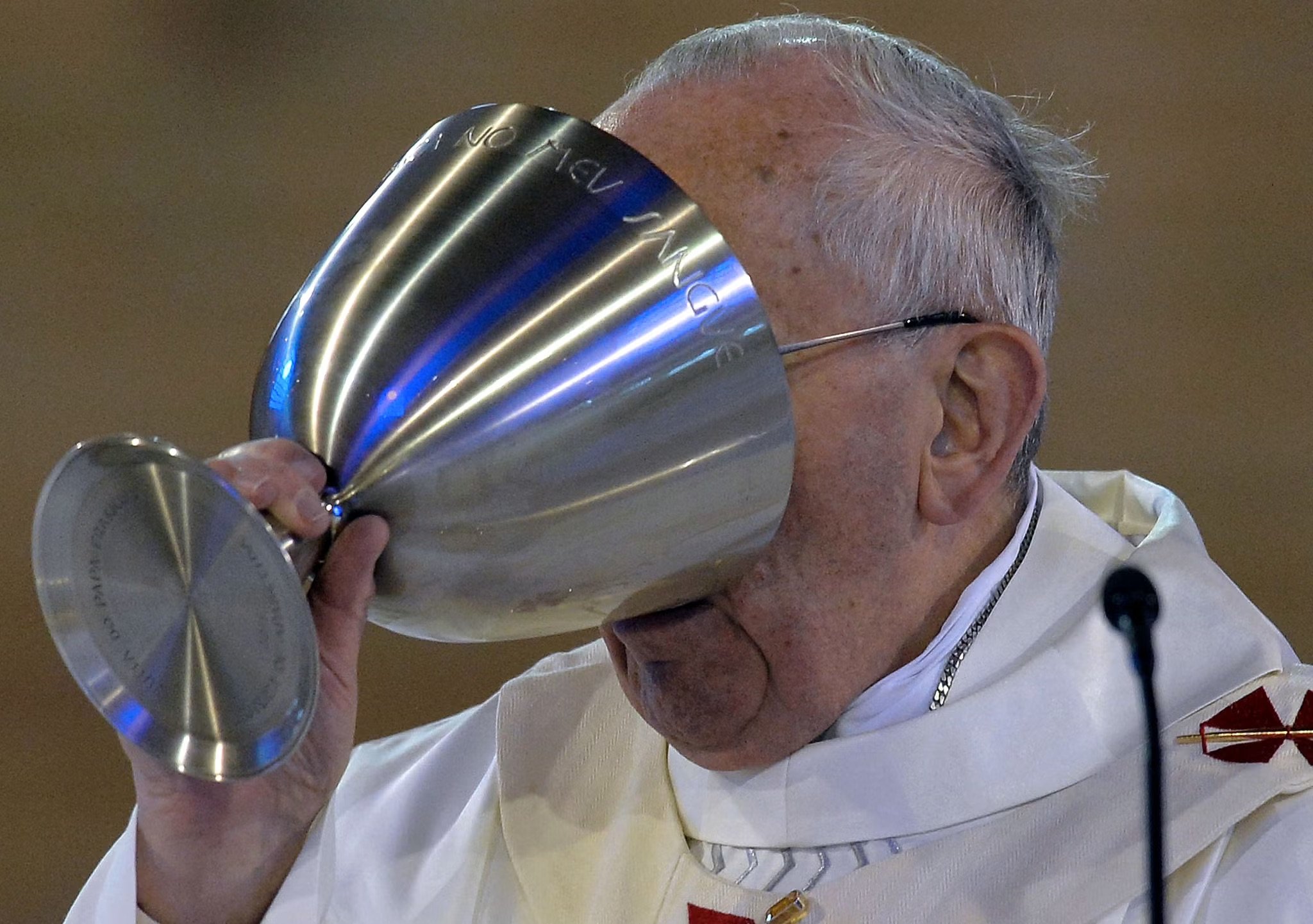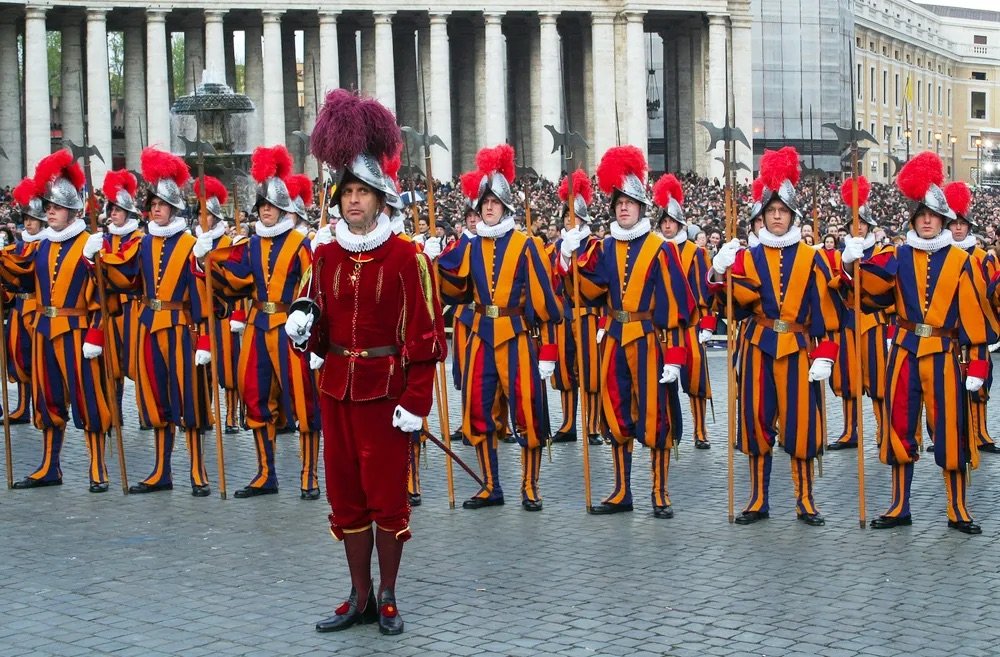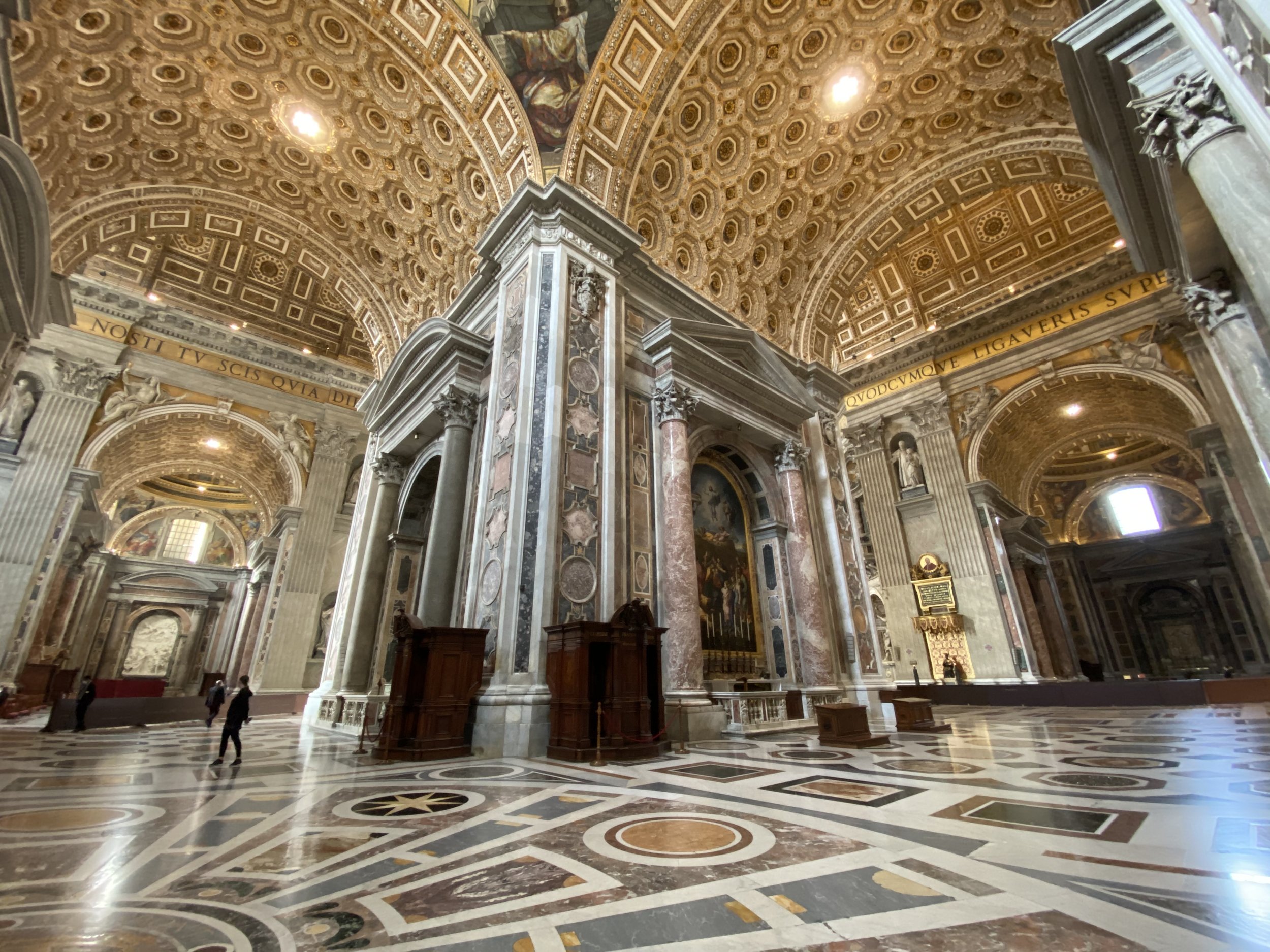In the Shadow of St. Peter: How Italy and Vatican City Stand Together in Times of Mourning
A Global Farewell to Pope Francis
On Easter Monday, April 21, 2025, the world bid a heartfelt goodbye to Pope Francis, who passed away peacefully at the age of 88 due to complications from a stroke and cardiac arrest. Known worldwide for his compassion, humility, and progressive spirit, Pope Francis's departure has deeply moved people of all faiths and backgrounds. As thousands gather at St. Peter’s Basilica to pay respects, this moment serves as a poignant reminder of Vatican City's significance and its special bond with Italy.
Vatican City: A Country Like No Other
Nestled in the heart of Rome lies Vatican City, the smallest independent state in the world—covering just 44 hectares (approximately 110 acres). Despite its tiny size, Vatican City exerts global influence as the spiritual nucleus of the Catholic Church.
Population and Citizenship: With roughly 500 inhabitants, citizenship here is uniquely linked to roles held within the Vatican—such as clergy, Swiss Guards, and diplomatic personnel—rather than birthplace or heritage.
Unique and Fascinating Features:






Vatican Postal Service: Known for efficient service and collectible stamps adored by philatelists worldwide.
Latin ATMs: The only ATM in the world where instructions are available in Latin, celebrating tradition with a delightful twist.
Wine Enthusiasm: Vatican City boasts the highest per capita wine consumption globally, highlighting both sacramental traditions and communal meals.
Vatican Observatory: Merging faith and science, this observatory symbolizes the Church’s historical commitment to astronomy.
Vatican Railway: A functional railway, mainly serving freight and ceremonial events, stands as a charming anomaly within this petite nation.
Historical Ties: A Journey Through Time
The Lateran treaty between the Holy See and Italy, signed on February 11, 1929, by Cardinal Gasparri, Secretary of State, and the Prime Minister Mussolini, created the Vatican City State.
The roots connecting Italy and Vatican City stretch deep into history. For centuries, popes ruled extensive territories known as the Papal States, encompassing vast areas of central Italy. These territories, central to European politics and culture, flourished through periods of great artistic and intellectual achievement during the Renaissance and Baroque eras.
The 19th-century Italian unification movement, known as the Risorgimento, sought to consolidate the various Italian states into one kingdom. In 1870, Italian troops breached the ancient walls of Rome, marking the end of papal territorial control and initiating decades of tense relations, known as the "Roman Question." During this time, popes viewed themselves as prisoners within the Vatican, refusing to acknowledge Italian sovereignty over Rome.
Map of Vatican City in the Official Gazette
The 1:5000 scale map attached to the Lateran Pacts, signed by Benito Mussolini and Cardinal Pietro Gasparri, is not particularly detailed and in some places there are small differences between the cartography published in the Official Gazette and the Acta Apostolicae Sedis.
Resolution arrived in 1929 with the Lateran Treaty, negotiated between Benito Mussolini and Cardinal Pietro Gasparri. This treaty established Vatican City as a sovereign entity, affirmed its independence, and codified its relationship with Italy. Financial compensation was provided to the Vatican for lost territories, and agreements on religious education and marriage underscored a new era of cooperation.
Italy’s Essential Role in Papal Events
Thousands of people gather for a final glimpse of Pope Francis in Vatican City.
Italy consistently steps into a critical support role during major Vatican events, especially papal funerals, seamlessly demonstrating unity and collaboration.
Logistical Coordination: Hosting hundreds of thousands of visitors demands exceptional coordination. Italian authorities set up robust infrastructure, including emergency medical stations, portable sanitation facilities, and refreshment points to manage the massive influx of pilgrims effectively.
Security Measures: Italy deploys comprehensive security strategies involving thousands of police officers, military personnel, and emergency response teams. Surveillance measures, no-fly zones, and advanced screening processes ensure safety and order during such international gatherings.
Transportation and Hospitality: Enhanced public transport services—including increased metro and bus operations—are crucial to managing visitor flow. Italy also works closely with hotels, restaurants, and local businesses to accommodate pilgrims comfortably, displaying exemplary hospitality.
Practical Tips for Visitors During Papal Events
For those considering attending significant papal ceremonies, a few practical tips can greatly enhance your experience:
Plan Early: Accommodations fill quickly, so book well in advance.
Security Awareness: Expect thorough security checks and arrive early to navigate these smoothly.
Hydration and Comfort: Bring plenty of water, sun protection, and comfortable footwear for extended periods of standing and walking.
Transport Considerations: Use public transportation when possible; private vehicles will face heavy restrictions and limited parking.
Cultural Respect: Remember, Vatican City is a deeply sacred place for many. Dress modestly and behave respectfully throughout your visit.
A Shared Legacy: Italy and Vatican City
The profound response to Pope Francis's passing illustrates the intricate partnership between Vatican City and Italy, rooted deeply in shared history, faith, and mutual respect. As pilgrims worldwide convene in Rome, they're greeted not only by poignant ceremonies but also by a seamless unity between two sovereign entities dedicated to honoring tradition and cultural heritage.
For those of us reconnecting with our Italian roots or simply exploring the richness of Italian history, this collaboration beautifully encapsulates Italy's unique ability to blend practical support with deep emotional resonance—reminding us all of the beauty, complexity, and enduring significance of Italian heritage.
A nearly empty St. Peter’s Basilica during my October 2020 visit.





